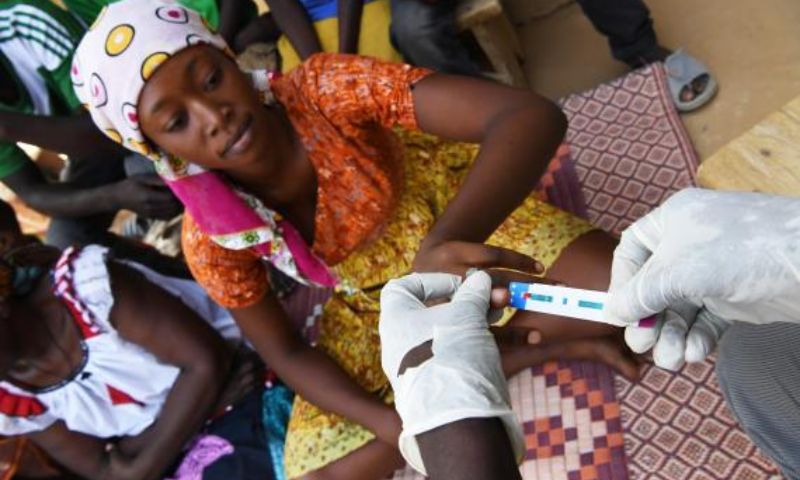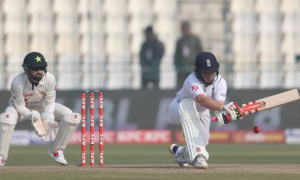NEW YORK: UNICEF latest Global Snapshot on Children with HIV and AIDS report released on World AIDS Day, revealed that despite advancements, a total of 98,000 adolescent girls have been tested HIV positive in in 2022.
The report reveals that nearly 98,000 adolescent girls aged 10-19 were infected with HIV in 2022, averaging 1,900 new infections every week.
Although the total infections in girls aged 10-19 have nearly halved since 2010 (from 190,000), girls were still more than twice as likely to contract HIV compared to boys last year. Globally, there were 270,000 new HIV infections among all children and adolescents aged 0-19 in 2022, bringing the total number of young people living with HIV to 2.6 million.
Anurita Bains, UNICEF Associate Director of HIV/AIDS, expressed concern, stating, “It is unacceptable that adolescent girls, who should be planning their futures, continue to bear the heaviest burden of HIV infection.” Bains urged collective efforts to eliminate obstacles threatening the health and well-being of young girls.
In sub-Saharan Africa, HIV prevalence among adolescent girls and young women (aged 10-24 years) remains over three times higher than among their male counterparts.
The report underscores that Eastern and Southern Africa bear the overwhelming burden of HIV infection among the 0-19 age group, followed by West and Central Africa, East Asia and the Pacific, Latin America and the Caribbean, and South Asia.
Additionally, the Global Snapshot highlights significant inequities in access to treatment for children and young adolescents compared to adults. Almost one million people aged 0-19 living with HIV globally are not receiving treatment, with 60 percent of this group located in Eastern and Southern Africa.
Challenges such as cumbersome diagnostic processes for children, specific testing requirements for infants not consistently available in lower-income countries, and a lack of age-appropriate antiretroviral medication contribute to the lower treatment rates for children aged 0–14 years (57 percent) compared to those aged 15 and above (77 percent).
Despite progress, the report notes slow advancements in ending AIDS, with 99,000 children and adolescents aged 0-19 globally succumbing to AIDS-related causes in 2022, accounting for 15 percent of all AIDS-related deaths, even though this age group comprises only 7 percent of people living with HIV.























